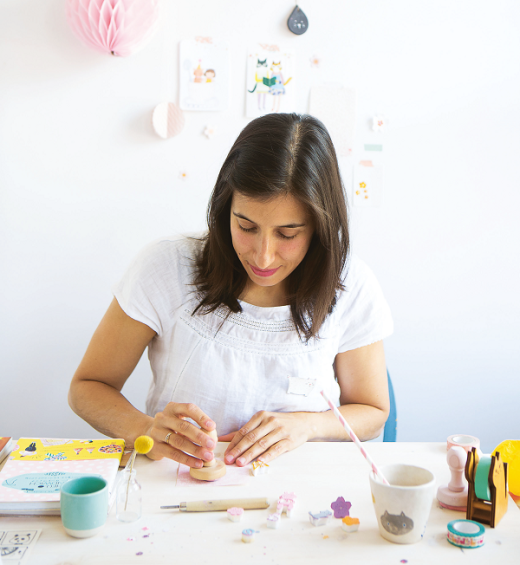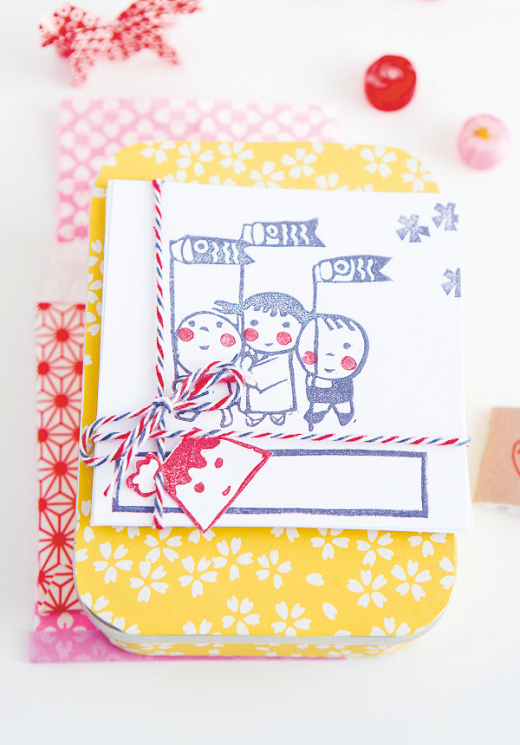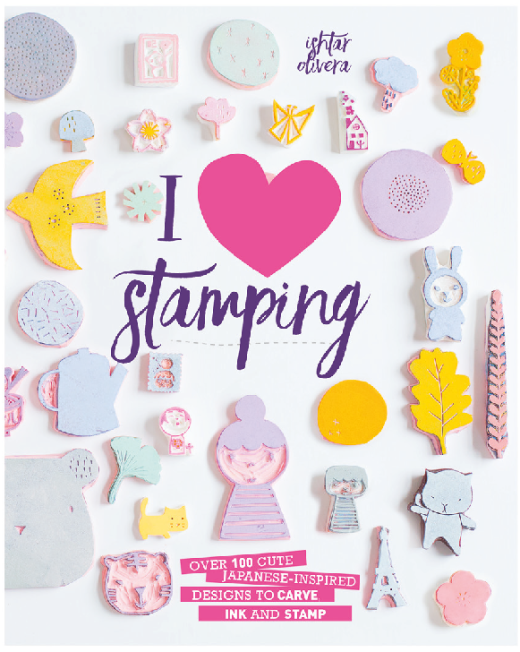Download and stamp your very own thank you cards from Designer Ishtar Oliver
What you need...
- Cardstock, various colours
Stamps: custom from templates
Ink-pads, various colours
Rounded corner punch
Twine
Download the templates attached
instructions
-
Thank you cards - 1 Use pre-made card blanks from plain white or coloured card. Trim off the corners of each one using a rounded corner punch.
2 Either create your own stamps using the templates provided using a sharp craft knife and rubber sheet, or print the designs onto coloured card, cut out and use to adhere centrally to each blank. Apply ink to your stamps, one at a time, and carefully print a design onto the cards.
3 Wrap twine around the spines of each blank and use the smaller template as a tag by punching a hole in its top-left corner and threading it through the string to finish.
This project was adapted from I love Stamping by Ishtar Oilvera (£12.99, Quadrille). Check it out for more fun stamp ideas! http://www.quadrille.co.uk -
Ishtar Olivera's tips - ✿ Make sure your stamp is free of dust, otherwise any small fluff will leave a mark on your paper.
✿ Use good quality inks to get the best results. I would suggest the Japanese brand Tsusineko. They are wonderful quality and come in many different types of inks according to your needs (pearlescent, permanent, chalk, etc.).
✿ Saturate the stamp well enough before stamping it. If it’s too big for your ink-pad, do it the other way around. Place the ink on the table and gently tap the stamp on it.
✿ Press the stamp firmly onto your printing surface, being careful of not moving it or it may come out blurry. Allow it to dry.
✿ Depending on the paper you use, the results can be very different. More grainy paper appears rustic and lovely but the impressions won’t be as sharp.
✿ Play with colour! Ink your stamp using different shades to create a unique, eye-catching blend. Start applying one colour in the centre, then another next to it, and maybe even a third one if the stamp is big enough. It’s a simple and clever way to obtain a gradient print.


































